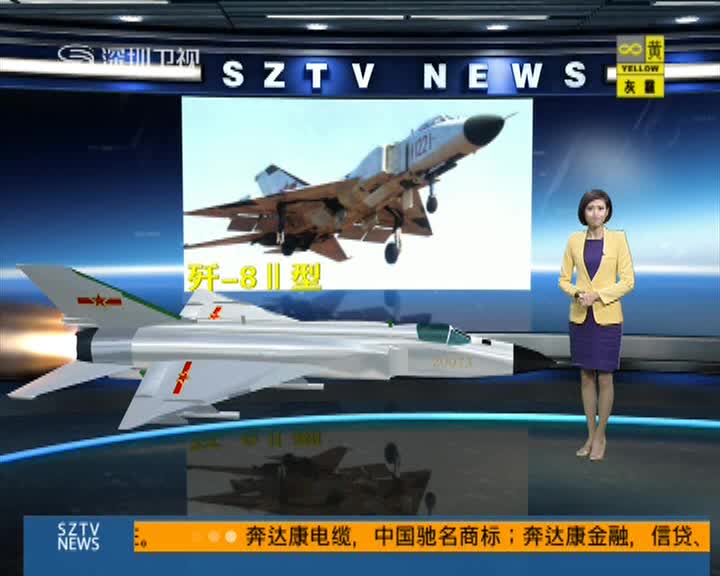今天,传智播客郑州校区来教大家如何玩转线程池。首先,取出来一“条”线程,用完后再扔回去,再取出来,再扔....
对于Java线程池,传智播客总结了以下特点:
1.避免大量的创建和销毁带来的性能开销
2.避免大量的线程间因互相抢占系统资源导致的阻塞现象。
3.能够对线程进行简单的管理并提供定时执行、间隔执行等功能。
另外,传智播客还总结了一些关于线程池的缺点,如下:
1.占用一定的内存空间。
2.线程越多CPU的调度开销越大。
3.程序的复杂度会上升。
其次,传智播客还总结了线程池的基本使用方法
使用线程池,肯定要对“池”进行配置,像基本的池多大啊,能容纳多少鱼,这些是需要建造前就要确定的.
• int corePoolSize 核心线程,数
无论是闲置还是工作中,永远都不会销毁的线程,会一直在线程池中存在,那我们是不是永远都奈何不了它呢,当然不会,把ThreadPoolExecutor的allowCoreThreadTimeOut这个属性设置为true,超过规定时长也会销毁
• int maximumPoolSize 线程总数,值
就是我们所有的线程,包括非核心的和上边讲的核心的
• long keepAliveTime
如果不是核心线程,超过这个参数的时间就会被干掉
• TimeUnit unit
时间总是有单位的,就是上边KeepAliveTime的时间参数.
类型时枚举,这里举几种常用的,需要时候IDEA会提示
SECONDS : 秒
MINUTES : 分
HOURS : 小时
DAYS : 天
• BlockingQueue workQueue
队列内容较多,我们下边单独讲
ThreadFactory threadFactory
这个一般不用,没必要管
• RejectedExecutionHandler handler
如果执行的过程中,抛异常了,我们可以用这个来指定,但是系统有默认的,因此这个也可以不用
使用线程池当然离不开Executor这个接口,具体的实现类在ThreadPoolExecutor中,so我们简单来了解下这个类
//使用的就是这几个构造,参数我们上边已经讲过了
public class ThreadPoolExecutor extends AbstractExecutorService {
.....
public ThreadPoolExecutor(int corePoolSize,int maximumPoolSize,long keepAliveTime,TimeUnit unit,BlockingQueueworkQueue);
public ThreadPoolExecutor(int corePoolSize,int maximumPoolSize,long keepAliveTime,TimeUnit unit,BlockingQueueworkQueue,ThreadFactory threadFactory);
public ThreadPoolExecutor(int corePoolSize,int maximumPoolSize,long keepAliveTime,TimeUnit unit,BlockingQueueworkQueue,RejectedExecutionHandler handler);
public ThreadPoolExecutor(int corePoolSize,int maximumPoolSize,long keepAliveTime,TimeUnit unit,BlockingQueueworkQueue,ThreadFactory threadFactory,RejectedExecutionHandler handler);
...
}
接下来,传智播客还为大家整理了常用的几种线程池
线程都池都是是使用Executors这个类创建出来的
• CachedThreadPool()
可缓存线程池:
线程数无限制
优先使用空闲线程,如果没有才新建线程
//创建方式
ExecutorService cachedThreadPool = Executors.newCachedThreadPool();
//源码中的定义
public static ExecutorService newCachedThreadPool() {
return new ThreadPoolExecutor(0, Integer.MAX_VALUE,
60L, TimeUnit.SECONDS,
new SynchronousQueue());
}
• FixedThreadPool()
固定长度的线程池
可以控制线程的数量
如果超过则必须排队执行
//创建方式
ExecutorService fixedThreadPool = Executors.newFixedThreadPool(线程数量);
//源码中的定义
public static ExecutorService newFixedThreadPool(int nThreads) {
return new ThreadPoolExecutor(nThreads, nThreads,
0L, TimeUnit.MILLISECONDS,
new LinkedBlockingQueue());
}
• ScheduledThreadPool()
对,就是它可以定时
//创建方法
ExecutorService scheduledThreadPool = Executors.newScheduledThreadPool(,线程数);
//源码中的定义
public static ScheduledExecutorService newScheduledThreadPool(int corePoolSize) {
return new ScheduledThreadPoolExecutor(corePoolSize);
}
public ScheduledThreadPoolExecutor(int corePoolSize) {
super(corePoolSize, Integer.MAX_VALUE,
DEFAULT_KEEPALIVE_MILLIS, MILLISECONDS,
new DelayedWorkQueue());
}
• SingleThreadExecutor()
所有任务排队执行,一次只能执行一个任务
//创建方法
ExecutorService singleThreadPool = Executors.newSingleThreadPool();
//源码中的定义
public static ExecutorService newSingleThreadExecutor() {
return new FinalizableDelegatedExecutorService
(new ThreadPoolExecutor(1, 1,
0L, TimeUnit.MILLISECONDS,
new LinkedBlockingQueue()));
,,传智播客为大家简单介绍下队列
队列类似我们的集合,实现了Collection接口
队列中排队执行的是我们runnable对象
常用的队列有如下几种
• SynchronousQueue:
有任务来就执行交给空闲线程,如果没有就新建线程执行,so 线程数设置尽可能大即Integer.MAX_VALUE
• LinkedBlockingQueue:
永远在核心线程内使用线程,如果超过了核心的线程就在队列中等待执行
• ArrayBlockingQueue:
优先使用核心线程数,其次使用非核心的,如果用完了就进入队列等待
• DelayQueue:
想进入队列必须实现Delayed接口,达到指定时间后,方可执行任务












